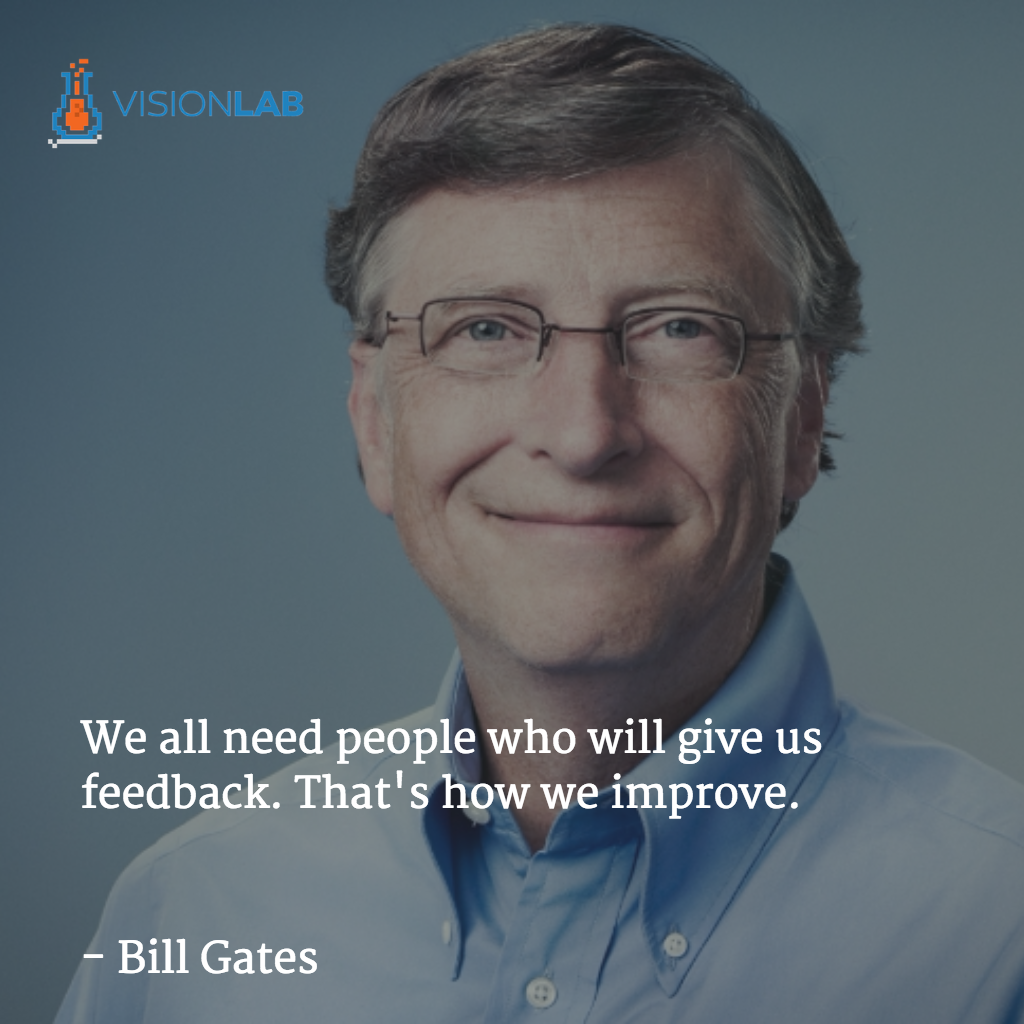Oct 15, 2015
How To Simplify Your Product Development Process
Product development is a vital part of any business, of any size. Getting the right idea, then bringing that idea to market, is all but the definition of a successful business.
For startups and other new business ventures, that is the definition of success. The product development cycle is the entirety of your operations during its first iteration, so getting it right is truly a make or break issue.
Unfortunately, there are so many different opinions on getting the product development cycle right that anyone new to the process can easily find themselves overwhelmed. Five stages, eight stages, “gates,” “screens”—each development plan has its own lingo and its own proprietarily-worded way of doing things.
We’re here to cut through the lingo and tell you everything you truly need to know about product development.
Don’t get us wrong: having a workable product development process is important, and putting in the time to understand the lingo is worth it when it gives you a concrete plan of action. What you call it matters a whole lot less than that you carry it out, though, so here’s our plain English attempt at taking you through the development cycle.
Take Action, Get Feedback, Move Forward
You can break the product development cycle into as many stages or phases as you’d like, but the end results are the same.
You need to have an idea that solves a new problem (or in old problem in a new and better way), prove that there’s a market for your solution and that the solution is something that you can actually deliver, then get the product out in the world and make sure people know about it.

At every step along the way, you need to be gathering information to make sure each step has been comprehensively and competently addressed. You need to validate the problem really exists, that your solution really works, and that you’ve chosen effective marketing methods to get the word out.
Some codified descriptions of the product development process/cycle include these periods of validation—information gathering, to put it simply—as distinct steps in and of themselves. Others position them as “screens” or “gateways” that exist between steps. Either way, they are vital to the process as a whole.
The Importance of Feedback in the Product Development Process
So many would-be startups and entrepreneurs waste a lot of time, money, and emotional investment in ideas that just aren’t profitable, simply because they didn’t run their idea past would-be customers and others in the know.
Even with a well-identified problem and a decent idea for a solution, failing to check in with engineers, developers, and other on-the-ground solution builders can lead to a similar waste of resources—having a good idea and making it a reality are two very different things.
Marketing your idea and selling it in the right channels is—you guessed it!—dependant on specialized knowledge as well. Determining who to target and figuring out how to target them take insight and feedback from a variety of different stakeholders.
Feedback and information gathering is thus the most important component in the product development process at every step in the cycle.
External research won’t cut it, either—you need feedback from your internal team to see what practical solutions can actually work, what unexpected issues they’re dealing with and what they need to overcome them, and how your company as a whole can be made a more effective organization from the ground up.
Seeking such information should be a standard part of business operations no matter what, and in the product development cycle it marks the difference between success and failure, period.
If you’ve put together the right team, you team will have the insights you need to make the product development cycle a success. As long as you have the right communications systems in place, are asking the right questions, and are encouraging feedback in a proactive manner, you’ll get the information you need to bring your product from idea to profitable market entry with minimal disruptions and surprises.
That’s the sign of a successful business, and that’s the kind of thing we like to see.
How Is Your Company Developing New Products?
Is your product development process working as fast as you’d like? Are you looking into crowdsourcing information to get more feedback from clients? Let us know how you work in the comments below.